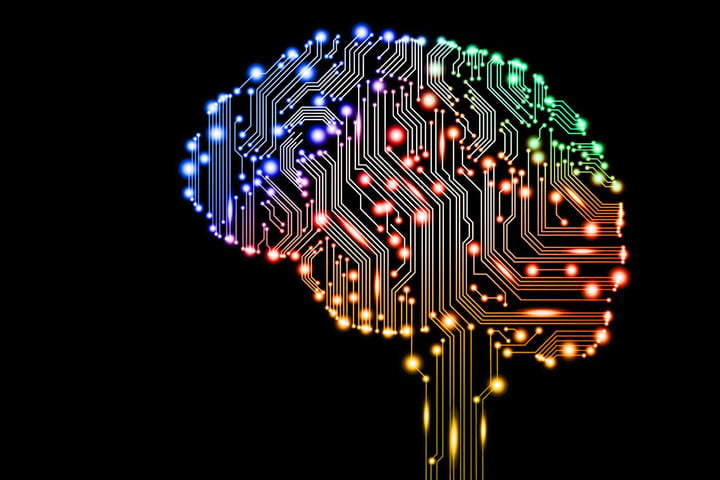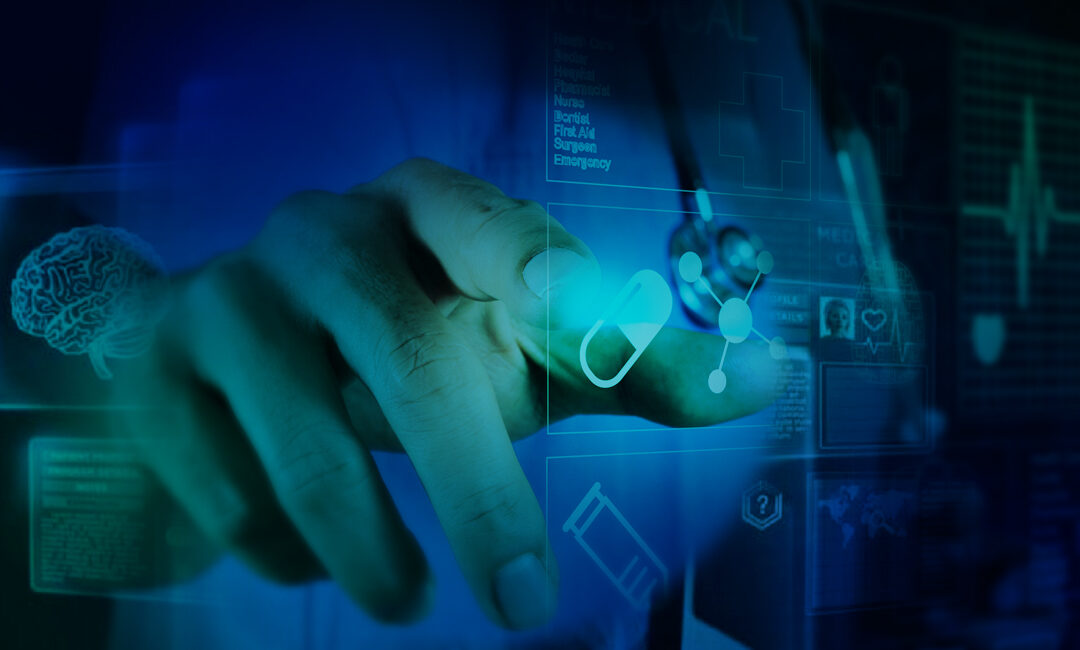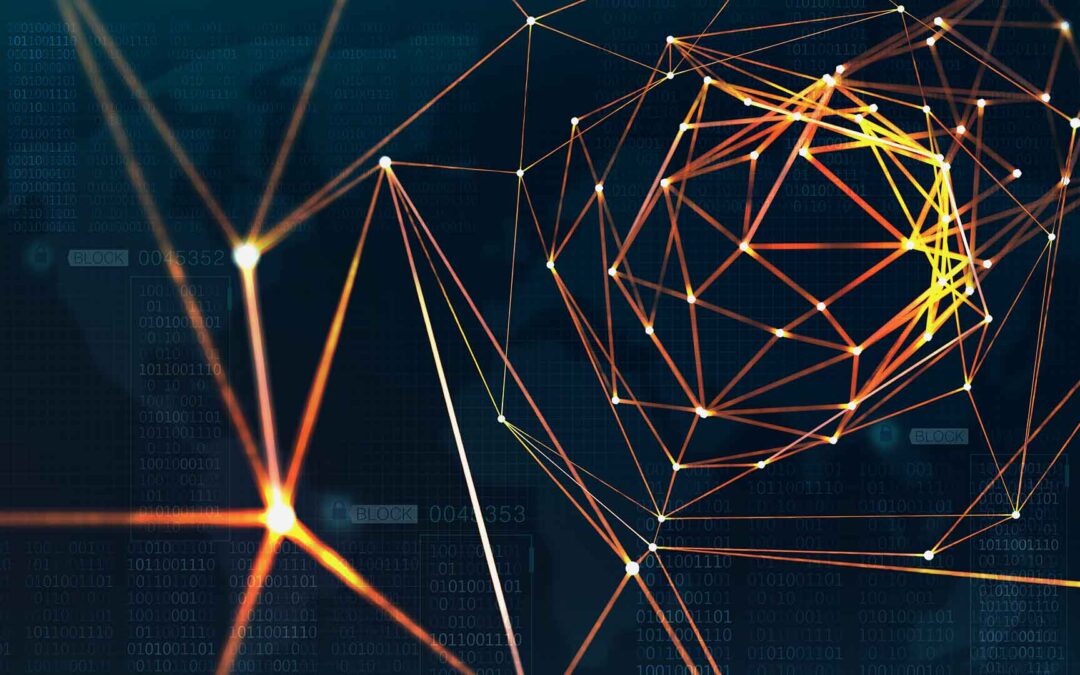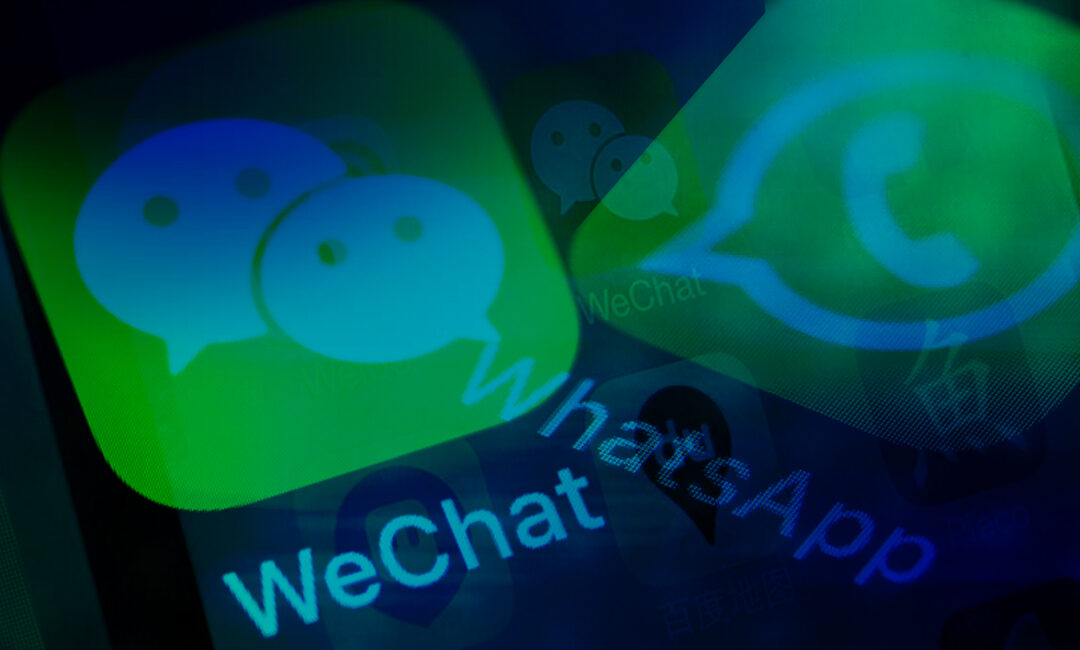
by Nicholas Mitsakos | Artificial Intelligence, Biotechnology, Book Chapter, Digital Assets, irrationality, Transformative businesses, Writing and Podcasts
Transformation, or euphemistically, “disruption,” creates great opportunities to capture newly created wealth. But, as industries are transforming and strategic disruption is occurring, quite a lot of absurdity and certainly enough terror are associated with some of these extraordinary opportunities to require much greater analysis and understanding.
There are extraordinary risks associated with anything disruptive and transformational. The first disruptor isn’t always the one who creates the most value or is even a sustainable competitive entity.
Innovation does not mean competitive sustainability. Digital platforms, ranging from the internet to digital assets and cryptocurrency are transforming industries globally. But, along with that comes a lot of hyperbole and typically that is followed by very little substance. Great companies use technological disruption, innovation, and transformation to establish themselves and thrive. But they rarely last. Every company, even the most valuable companies such as Apple, Apple, Amazon, Facebook, Netflix, etc. must dynamically transform to stay competitive and valuable.
Transformations are certain. New entities will become very valuable, legacy companies will diminish, and a handful will transform and thrive.
Transformation and sustainability create and capture great wealth, but are far more challenging to identify, and even more challenging to sustain.

by Nicholas Mitsakos | Artificial Intelligence, Biotechnology, Book Chapter, Technology, Writing and Podcasts
Artificial intelligence, while generating powerful tools for analysis, is only the beginning of a more ambitious phase making AI systems more accurate, less biased, and effective prediction tools. Gathering more and more raw data does not create value. One cannot simply push a button and have valuable output generated. Data needs to be collected, processed, stored, managed, analyzed, and visualized – only then can we begin to interpret the results. Each step is challenging, and every step in this cycle requires massive amounts of work and value-added tools. It’s not just the software and hardware artifacts we produce that will be physically present everywhere and touch our lives all the time, it will be the computational concepts we use to approach and solve problems, manage our daily lives, and communicate and interact with other people. It will be a reality when it is so integral to our lives it disappears. The problems and solutions we address are limited only by our own curiosity and creativity.

by Nicholas Mitsakos | Artificial Intelligence, Economy, Health Care, Public Policy, Technology, Writing and Podcasts
Observing is not learning. Acting is. But we’re not going to do that. A call for action is sufficient, as long as someone else does it. That much we’ve learned. What used to take several years now takes a fraction of that – including miraculous innovation and profound global disruption. “Five years in 18 months” caused an initial burst of productivity, clarity, and efficiency, but also a train wreck of supply chain disruption, virtual meetings, empty classrooms, and social isolation.

by Nicholas Mitsakos | Artificial Intelligence, Book Chapter, Digital Assets, Finance, Investments, Public Policy, Technology, Writing and Podcasts
Technology is facing a substantial crossroads as policy changes with global resonance, such as China’s new crackdown on the country’s big tech companies (such as Ant Financial and Didi Global), the rising resistance to social media behemoths like Facebook, and the need for governments, whether in the United States, Western Europe, or China, to manage and control technological development. Regardless of any good intentions, this will add friction, inefficiency, and underperformance to the most dynamic global industry. The best intentions usually bring disastrous consequences. China cannot escape the law of unintended consequences. Trying to “manage” innovation and creativity takes away the often unplanned and serendipitous breakthroughs that make many significant advancements possible in the first place. From an economic perspective, capital is not going to invest in an uncertain environment where prosperity is managed and, despite great risk where most ventures will fail, the truly successful ones which make up for the losses and encourage capital to keep investing, will be mitigated. The vanguard of capital flight from China is beginning, and it will not ease if this policy and attitude are not revised. This attempt at “fairness and more equal distribution” will do nothing more than keep capital away and stifle any attempt at creativity, technical innovation, and economic advancement. The intention of this policy will yield the opposite outcome as a consequence. The signal means substance. Substance means innovation, creativity, and competitive dynamics that create the most effective innovations, the best solutions, and the most sustainable companies. Central planning, bureaucratic industrial policy, government-led economic management, and dictatorial focus have always failed, and always will. The US should not fall into this trap, regardless of how appealing it may be.
It is only noise.

by Nicholas Mitsakos | Artificial Intelligence, Technology, Writing and Podcasts
The history of AI shows that attempts to build human understanding into computers rarely work. Instead, most of the field’s progress has come from the combination of ever-increasing computer power and exponential growth in available data. Essentially, the ability to bring ever more brute computational force to bear on a problem-focused on larger data sets have given increasing usefulness. But, it’s limitations are also magnified in sharp relief more than ever. The bitter lesson is that the actual contents of human minds are tremendously, irredeemably complex…They are not what should be built into machines. Machine learning doesn’t live up to the hype. These systems are fundamentally brittle, and always break down at the edges where performance is essential and consequences much direr. There are many potential applications that can be effective and useful tools. They are simply much less ambitious than the current hype would indicate, but they are also far more realistic.
by Nicholas Mitsakos | Artificial Intelligence, Public Policy, Writing and Podcasts
Productivity, expansion, and entrepreneurship were enabled through the adoption of new technology. Undeniably, the net economic benefit was substantial. But lives were disrupted, jobs were lost, and what would be seen with a historical perspective as an obvious beneficial choice, was anything but obvious to those so immediately and negatively impacted. Technological advancements produce net benefits for society. But for every advancement, there is a cost. Leadership and subsequent public policy must address this shortfall. As in the past, the solution has been training and education leading to economic inclusion and prosperous lives. and subsequent public policy must address this shortfall. As in the past, the solution has been training and education leading to economic inclusion and prosperous lives. History has taught us the net benefit of technological advancement, the turmoil it brings, and the solution required.

by Nicholas Mitsakos | Artificial Intelligence, Biotechnology, Health Care, Technology, Writing and Podcasts
Medical Intelligence is a new discipline, converging human and artificial intelligence. Artificial intelligence will not replace human intelligence, especially in medicine. Diagnosis and treatment will remain a human endeavor. But AI will be an indispensable tool helping human intelligence effectively deliver better quality healthcare. The overwhelming benefit is that it raises the bar for all practitioners. A minimum level of quality medical care can available globally. The higher standard for diagnostic accuracy, therapeutic recommendations, and overall care from this mass of data gathering will improve overall health and wellness everywhere. Applied effectively, these tools also drive down overall healthcare costs, diagnostic errors, and unnecessary procedures. Greater accuracy eliminates needless testing and procedures significantly and delivers effective care more quickly. Diagnosis is more immediate, recovery times faster, care more available, and overall expenses reduced.

by Nicholas Mitsakos | Artificial Intelligence, Biotechnology, Health Care, Writing and Podcasts
Distributed learning can enable machine learning for health care. With its unique privacy approach, it can very effectively overcome the greatest obstacle facing AI adoption in health care today. We no longer need to choose between patient privacy and the utility of the data to society. We can now achieve privacy and utility simultaneously.

by Nicholas Mitsakos | Artificial Intelligence, Biotechnology, Book Chapter, Writing and Podcasts
A new technique, inspired by quantum cryptography, allows large medical databases to be tapped for causal links. This is a fundamental breakthrough in thinking, and this perspective has the potential to spot cause-and-effect, supercharge medical diagnoses, and use AI effectively.

by Nicholas Mitsakos | Artificial Intelligence, Biotechnology, Book Chapter, Investments, Technology, Writing and Podcasts
This article was written by Nicholas Mitsakos : Chairman and CEO at Arcadia Capital Group. Disruptive technologies are apparently being developed faster than we can adapt to the full impact of their disruption. Really? Internet time may not be the fast-paced...

by Nicholas Mitsakos | Artificial Intelligence, Book Chapter, Technology, Writing and Podcasts
Nicholas Mitsakos : The Robot Armies are not Coming Artificial General Intelligence (AGI) has become the latest hot topic in AI. It is defined as the intelligence of a machine that can understand or learn any intellectual task that a human being can. It is a primary...

by Nicholas Mitsakos | Artificial Intelligence, Book Chapter, China, Technology, Writing and Podcasts
WeChat has become the ubiquitous, full-service platform for communication and commerce in China. Essentially, the company has taken the mobile Internet and made it their own. The WeChat internet has a lot to admire — and emulate. While the United States sees big tech as a colossus that needs to be knocked down, the Chinese government saw tech companies as economic engines to be harnessed. They were right.











